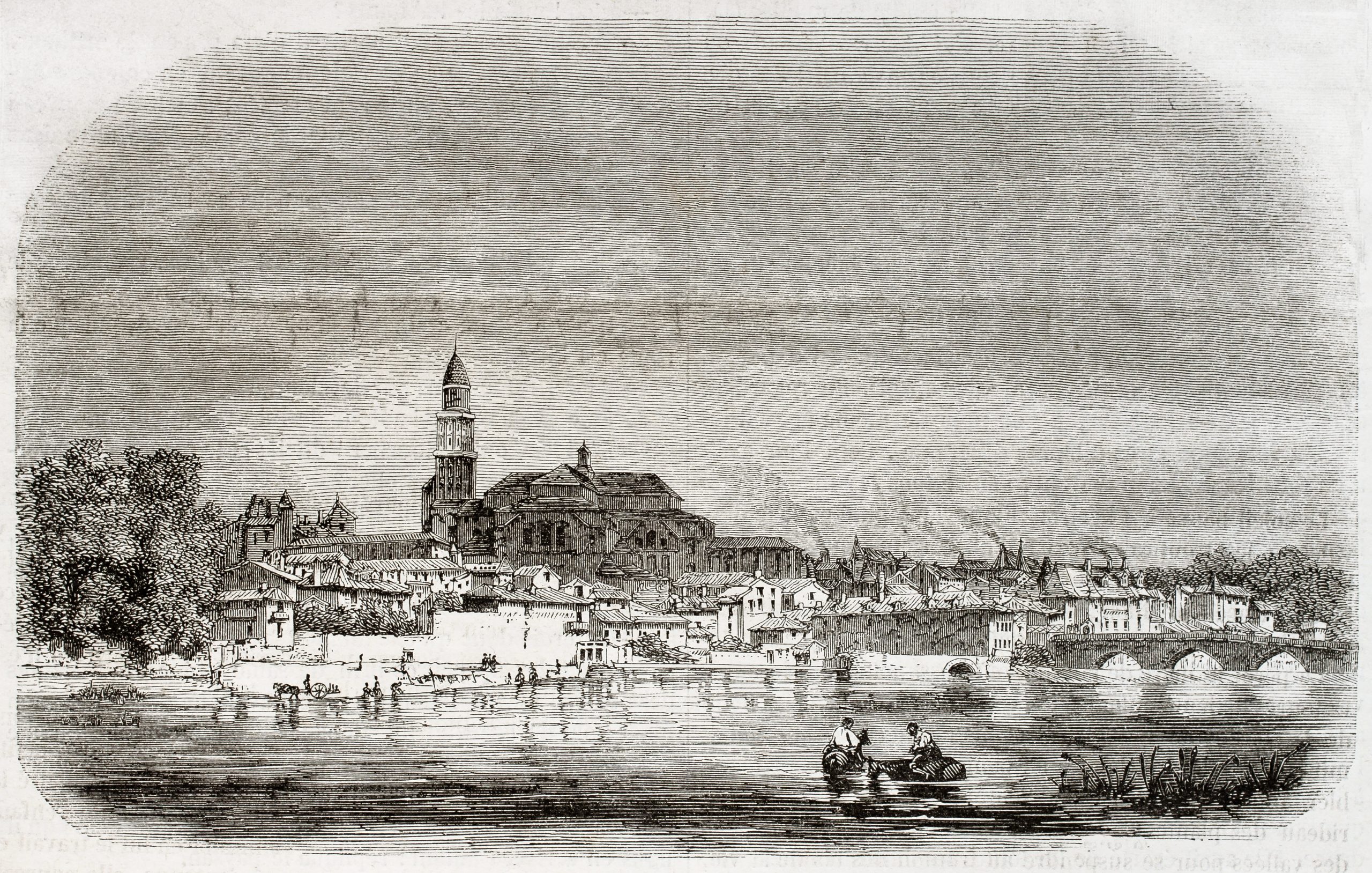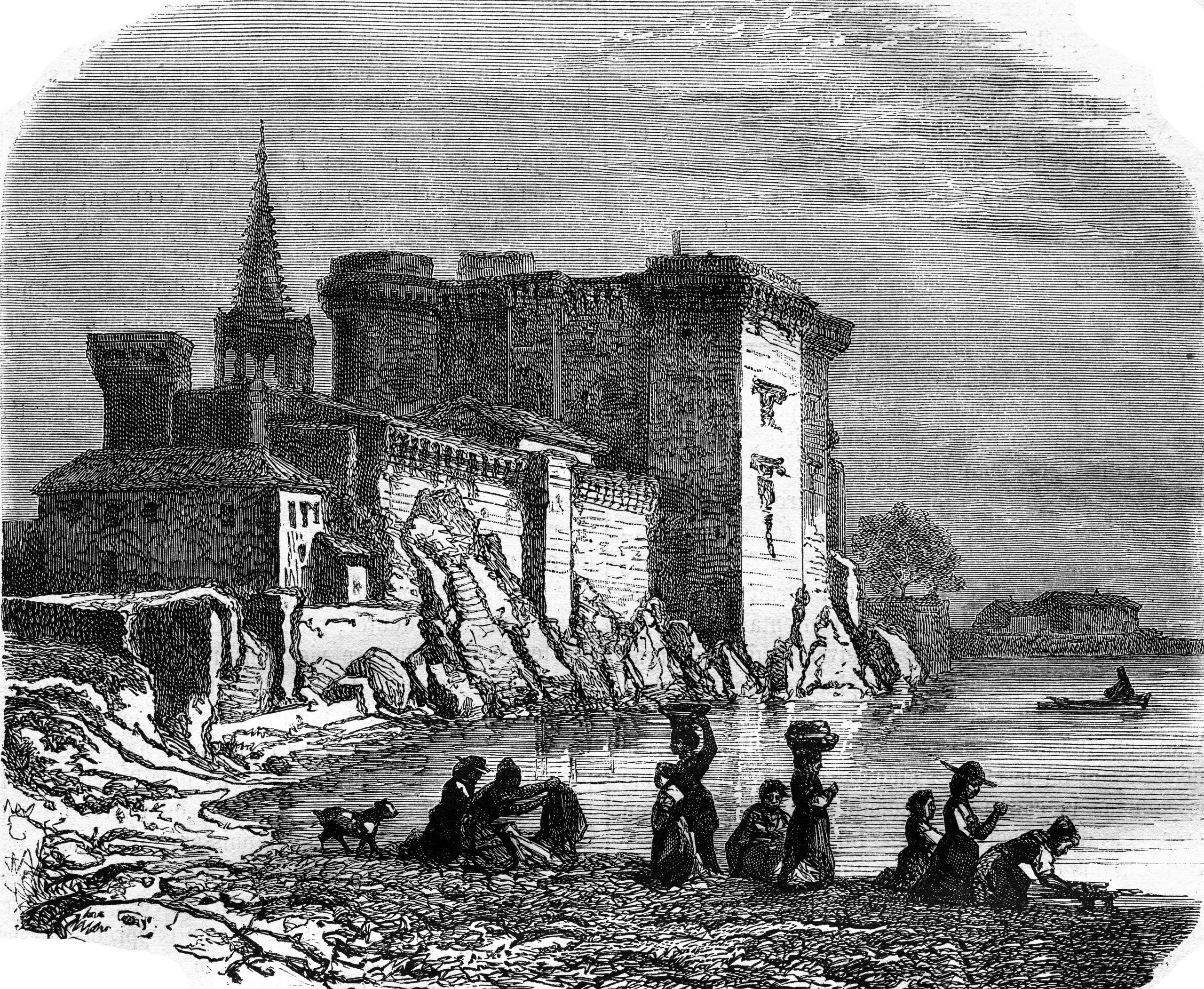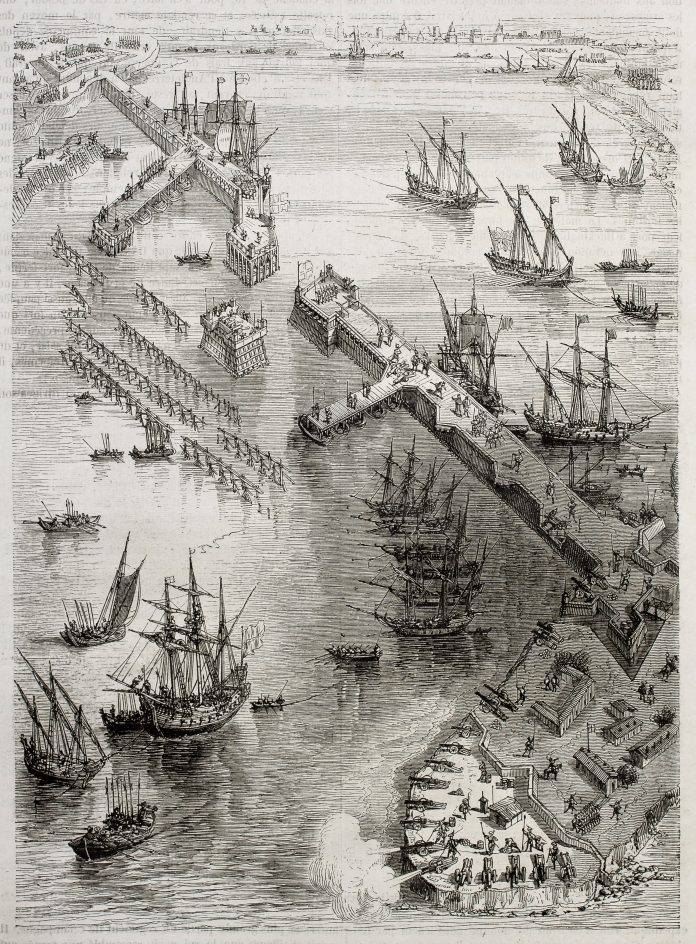The Track Of A Storm is the third book of A Tale Of Two Cities. It is full of suspense and surprises. It is not a dull and ordinary book at all. Indeed, I found it to be a very alluring and breathtaking novel.
 The Track Of A Storm
The Track Of A Storm
The Track Of A Storm is the third book of the historical novel A Tale of Two Cities. It contains fifteen chapters, and most events occur in Paris. Charles Darnay goes to Paris to rescue one of his noble uncle’s servants, the Marquis St. Evremonde. Unfortunately, he is imprisoned in La Force Prison because he is an aristocrat. Dr Manette and Lucie, with her child and governess, Miss Pross, go to Paris to rescue Darnay.
In Paris, we find the vengeful couple Defarge; they will use an old letter from Dr Manette, dating back to his imprisonment, exposing the aristocratic family Evremonde. Since this noble family is guilty of several crimes, the tribunal sends Darnay to the Conciergerie, waiting for his death sentence with the guillotine.
The end of the book A Tale of Two Cities is surprising, even though there are sad aspects. Furthermore, I will not reveal what happens at the end. I can only say that I have read the last part twice. Moreover, I have been impressed by the fantasy and the narration of Charles Dickens in this historical novel. Indeed, he is well known for his Oliver Twist and A Christmas Carol. Nevertheless, Dickens wrote several novels, stories, and nonfiction books.

The Bitter-Sweet Taste of This Novel
I must admit that at the end of A Tale of Two Cities, I had two simultaneous feelings of bitter discontent and sweet satisfaction. None of them won, but for the very first time, I felt well pleased to have read a book. The happiness of the Darnay family implies the sacrifice of the life of another innocent man. The tribunal’s justice system instituted by people experiencing poverty and plebe shows how much it was unjust this cruel revolution. They did not execute only the aristocrats and nobles but also other poor people who had the misfortune of being weak and vulnerable.
The unceasing knitting of the vengeful women corresponds to an unceasing procedure of executions of guilty and innocent people, all together, with a steady and rapid rhythm. The knitting women count each victim of their system with nonchalance. They never interrupt their knitting nor look at the guillotine. Although most of them lost some family members because of an aristocrat or nobleman, their purpose was social justice, where all men should be equal. The problem is that they behave like imperturbable tyrants, similar to that privileged society. At this point, you cannot see where social justice is because it is just a utopia.
It is also hard to sympathize with the peasants and the aristocrats. There are several waves of abuse of the aristocracy against people with low incomes. The peasants are so unfortunate that they must beg the aristocrats for food. However, they receive only humiliation and exploitation. This situation leads to an ideal revolution. Once well-organized, the indigent and weak peasants became the most potent force in France, and they did not hesitate to gain social power. They repay torture with torture and oppression with oppression.

My previous blog posts are about the first two books of Two Cities of Charles Dickens – First Part and A Tale of Two Cities Book 2 – The Golden Thread.





